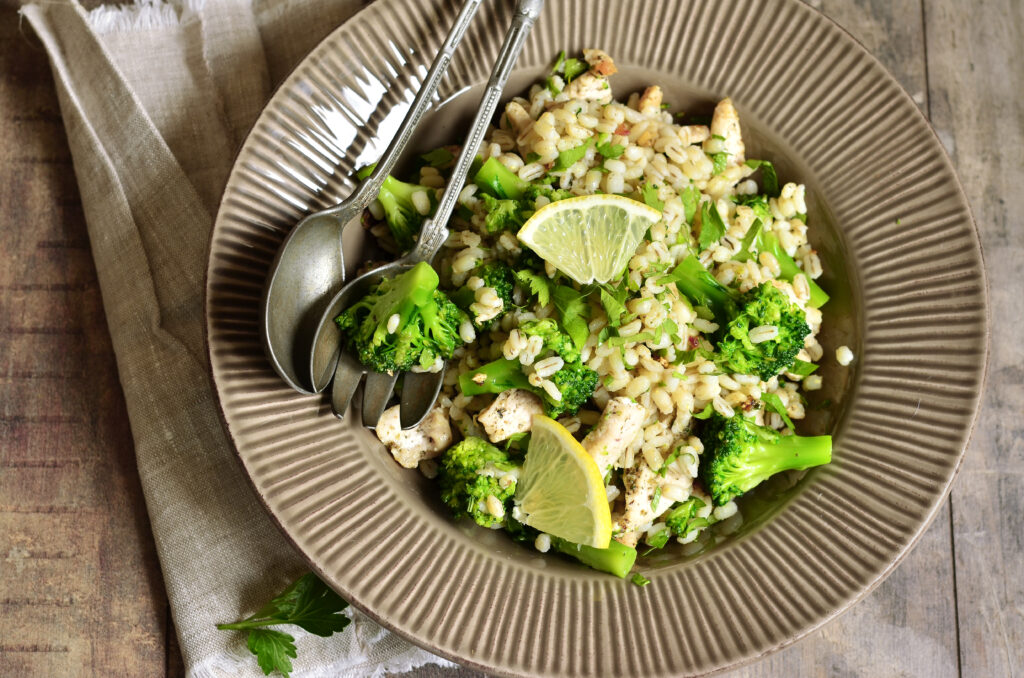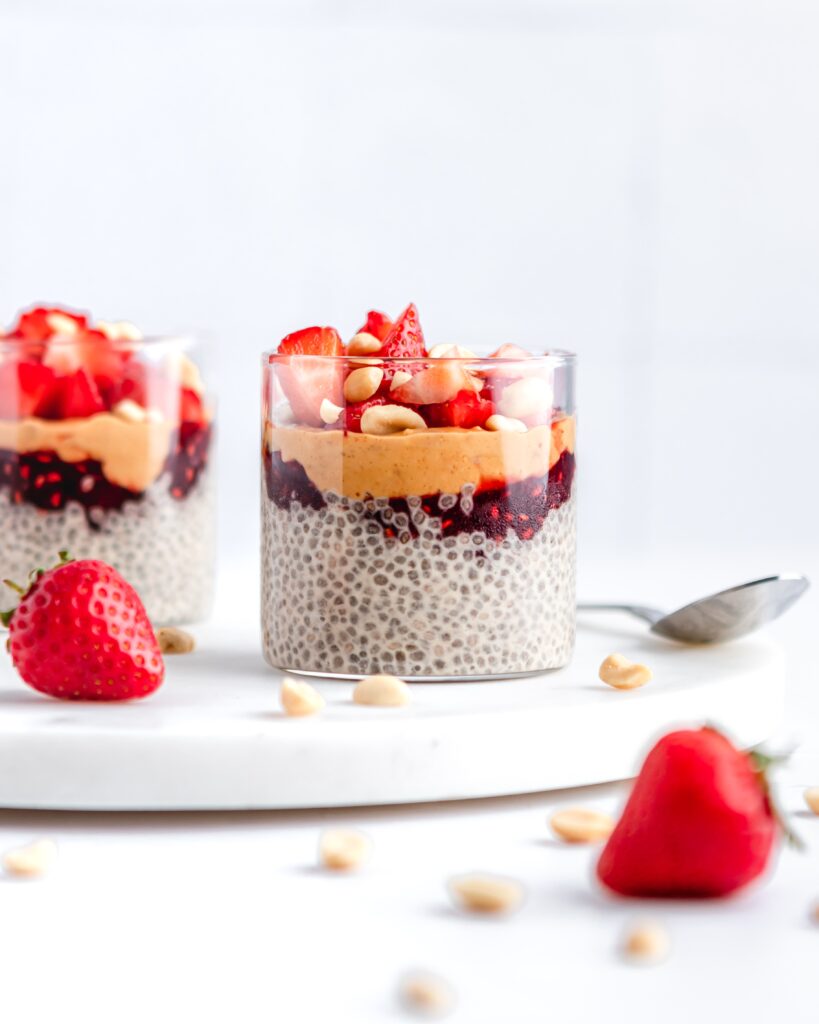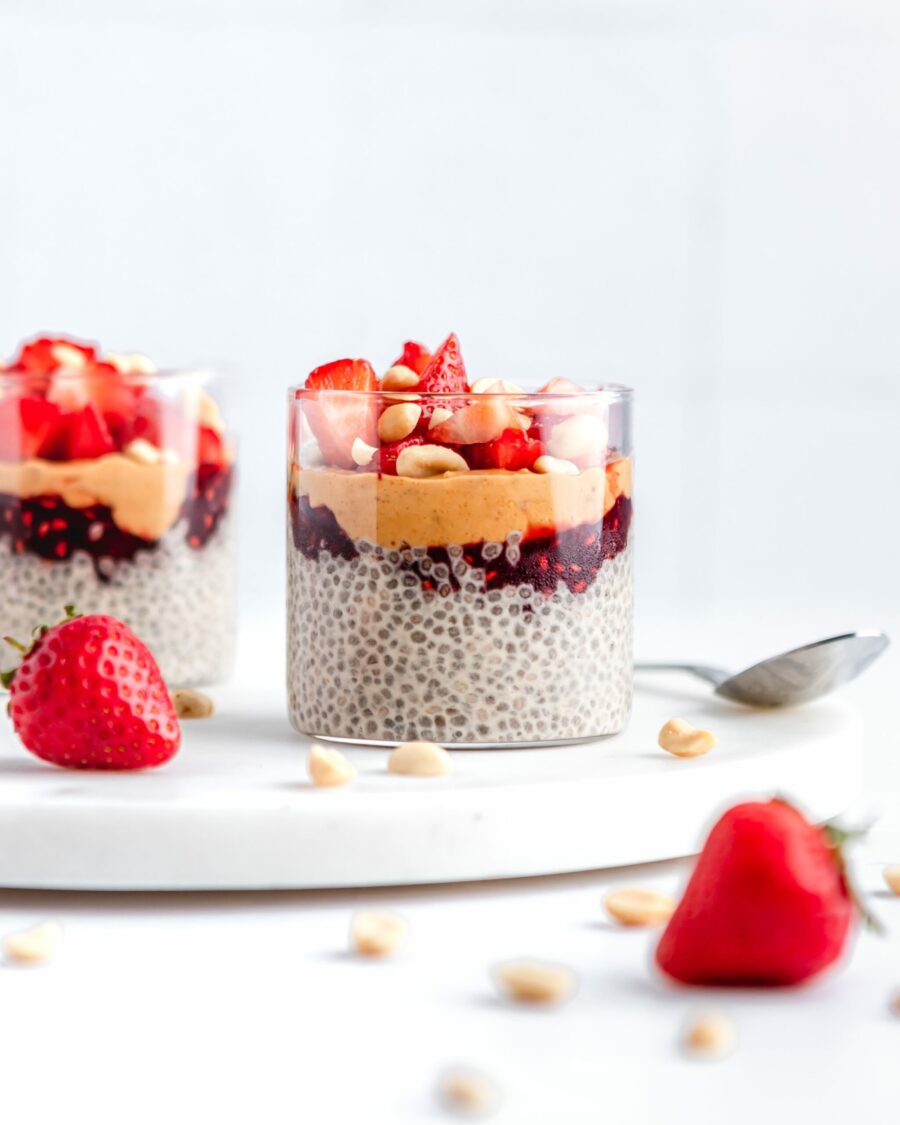Delicious and nutritious! They’re crucial for good gut health so here are six ways you can get more of them.
Onions
Raw or cooked onions are a great source of prebiotics. They’re rich in the prebiotic inulin and also low-calorie carbohydrates known as FOS or fructooligosaccharides (try saying that quickly three times!). FOS prebiotics help strengthen your immune system and your gut microbiome. Alex Glover, senior nutritionist at Holland & Barrett says, “Some of my favourite recipes that are rich in prebiotics are slow-roasted leeks with toasted grains and pesto, caramelised onion pasta and overnight oats with kefir.”
Seaweed
A form of marine algae with surprising health benefits, seaweed is an underrated food you should consider adding to your diet. It’s a great source of prebiotic fibre and can increase the population of friendly bacteria, while enhancing immune function and blocking the growth of harmful bacteria. Add to salads and stir-fries.

Barley
An antioxidant powerhouse, immune-boosting barley is an excellent source of prebiotic fibre. In fact, raw barley contains 15.6g of fibre per 100g. It helps to promote health bacteria in the gut, as well as lowering blood sugar levels. What’s more, barley is rich in selenium, which in turn helps thyroid function and boosts your immune system.
Bananas
Bananas have more to them than meets the eye — they’re rich in vitamins, fibre, minerals and small amounts of inulin. Unripe, or green, bananas are high in resistant starch, which has prebiotic effects. Resistant starch functions like a soluble fibre and can aid gut health.

Chia seeds
Chia seeds are full of fibres with prebiotic effects. Soluble fibres can help prevent blood sugar spikes and lower bad cholesterol levels. A substance called mucilage promotes healthy gut bacteria, too. Add 1-2 tbsp of chia seeds to yogurt and fruit such as fresh figs, then leave overnight for a delicious breakfast.
Jerusalem artichokes
Known for their sunflower-like appearance, artichokes provide around two grams of inulin-rich dietary fibre per 100g. They’re best eaten raw, typically in salads, or enjoyed pickled. Peel off the skin, chop and add to salads, or stir through a rich Italian pasta sauce.








